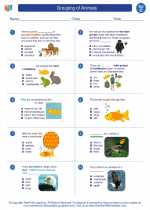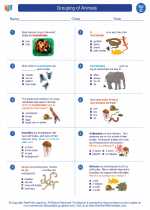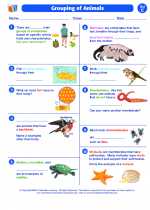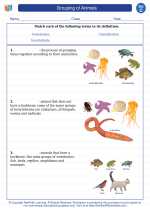Understanding Salts
Salts are compounds composed of positively and negatively charged ions. They are formed when an acid reacts with a base through a process called neutralization. This reaction results in the formation of a salt and water.
Types of Salts
There are various types of salts, including:
- Neutral salts: Formed from the reaction between a strong acid and a strong base, resulting in a neutral pH.
- Acidic salts: Produced from the incomplete neutralization of a polyprotic acid, leading to a slightly acidic pH.
- Basic salts: Created from the partial neutralization of a polyprotic base, resulting in a slightly basic pH.
- Double salts: Composed of two different cations or anions, and they crystallize together.
- Hydrated salts: Contain water molecules within their crystal structure.
Properties of Salts
Salts exhibit various properties, including:
- Solubility: Some salts are soluble in water, while others are insoluble.
- Conductivity: When dissolved in water, salts can conduct electricity due to the presence of ions.
- Color: Certain salts display distinct colors, contributing to their use in pigments and dyes.
- Crystal structure: Salts form crystal lattices with distinct shapes and structures.
Common Salts
Some common salts include:
- Sodium chloride (NaCl): Commonly known as table salt, used for seasoning and preserving food.
- Calcium carbonate (CaCO3): Found in limestone and marble, used in construction and as a dietary supplement.
- Potassium nitrate (KNO3): Used in fertilizers, fireworks, and food preservation.
- Copper sulfate (CuSO4): Utilized as a pesticide, fungicide, and for coloring fireworks.
Study Guide
When studying salts, it's important to focus on the following key points:
- Understand the process of salt formation through neutralization reactions.
- Memorize the properties and characteristics of different types of salts.
- Learn about the uses and applications of common salts in everyday life and various industries.
- Practice identifying salts based on their chemical formulas and physical properties.
By mastering these concepts, you'll gain a deeper understanding of salts and their significance in the world around us.
.◂Science Worksheets and Study Guides Third Grade. Grouping of Animals
Study Guide Grouping of Animals
Grouping of Animals  Activity Lesson
Activity Lesson Grouping of Animals
Grouping of Animals  Worksheet/Answer key
Worksheet/Answer key Grouping of Animals
Grouping of Animals  Worksheet/Answer key
Worksheet/Answer key Grouping of Animals
Grouping of Animals  Worksheet/Answer key
Worksheet/Answer key Grouping of Animals
Grouping of Animals  Worksheet/Answer key
Worksheet/Answer key Grouping of Animals
Grouping of Animals  Vocabulary/Answer key
Vocabulary/Answer key Grouping of Animals
Grouping of Animals 

 Activity Lesson
Activity Lesson
 Worksheet/Answer key
Worksheet/Answer key
 Worksheet/Answer key
Worksheet/Answer key
 Worksheet/Answer key
Worksheet/Answer key
 Worksheet/Answer key
Worksheet/Answer key
 Vocabulary/Answer key
Vocabulary/Answer key

The resources above cover the following skills:
LIFE SCIENCE
From Molecules to Organisms: Structures and Processes
Create representations to explain the unique and diverse life cycles of organisms other than humans (e.g., flowering plants, frogs, butterflies), including commonalities such as birth, growth, reproduction, and death.